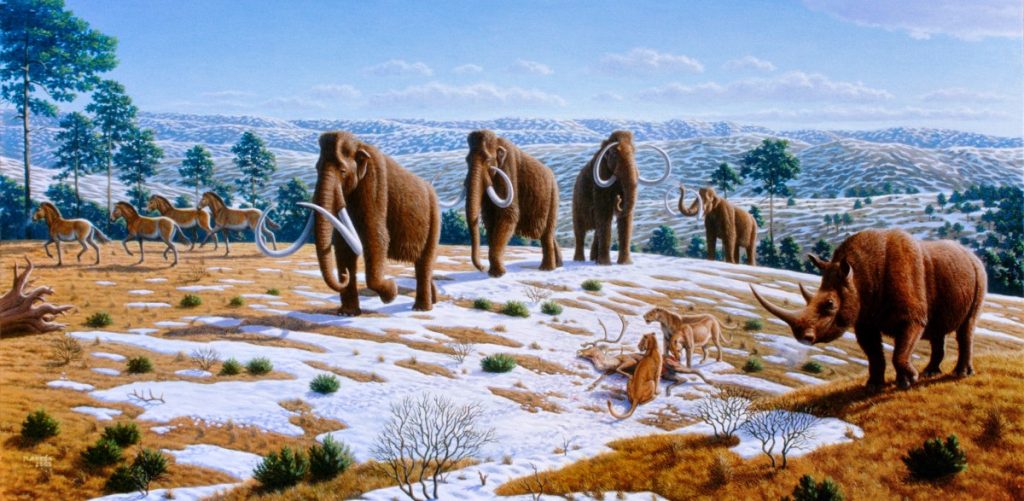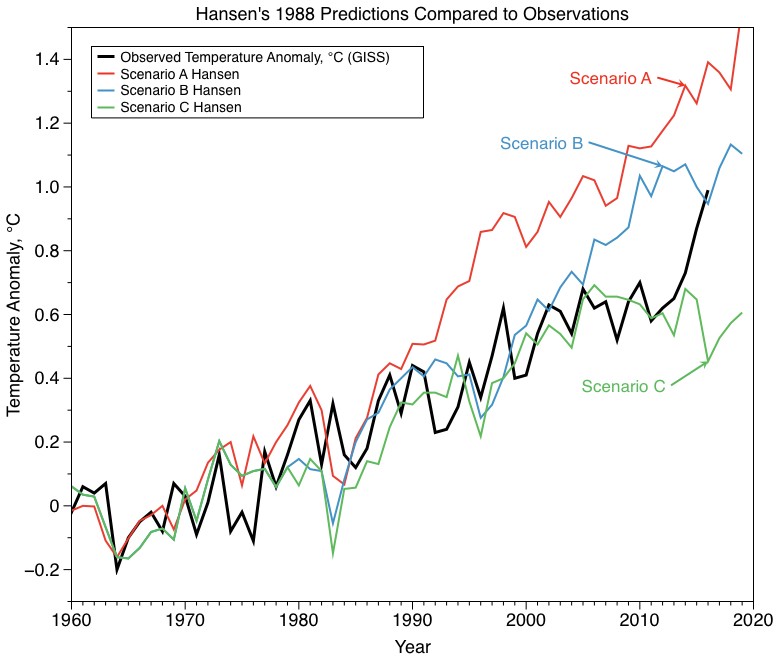I wrote a while ago about ways that my household was trying to cut emissions. There are lots of things that we are changing to the way that we live, however there were a couple of ways that we intended to reduce emissions from our house.
The UK had a scheme called the green housing grant – with the intention of helping people green their houses. This only ran for a short period of time, and did not use anywhere near the relatively small pot of money that the government had set aside. Initially, the scheme was given £1.5 billion, to be given out in amounts of £5000, or £10,000 for specific groups.
We applied for thermal solar and additional external insulation – as we live in a concrete conclad house, which is well known for more insulation. Unfortunately, though the person who came to look at our house suggested that they could both be done for 10k – this proved to be rubbish. The best quote we got for thermal solar (this is a system that pumps liquid through tubes on your roof and then transfers the heat to your water, for both hot water and heating your home, greatly reducing the amount of gas or electricity you would have to use) was about £8500. This was felt to be unduly high by the green housing grants, so needed explanation so we had to appeal, our reasoning was accepted. The problem is, that by the end of this process, the people who had agreed to install the thermal solar are fully booked for the length of the installation period allowed by the government and there is no way to extend.
This was frankly a complete waste of time.
What is more annoying, is that we bought photovoltaic solar that was supposed to be installed at the same time to reduce cost. So what have we done?
Well, our 2.8kw of solar panels are standing in the garden, and as we have to pay for installation we thought that we should look at how much we could get the thermal solar equipment for.
My go-to on many things like this, is to look at ebay or similar second hand sites. I realize that many people would calculate that the equipment may not last long enough to make this worth the savings, but on the other hand, if we can get things used there are two advantages. Firstly, the item comes essentially carbon neutral: it does not increase the manufacturing carbon footprint to reuse it. Secondly, it should save money.
In our case, we paid roughly £600 for our solar panels. Brand new, the general rule of thumb is £2000 per kwh so , these panels are only slightly over 10% of standard price
For our thermal solar system we have paid 300, and for that we get the panel (this collects the heat) a pump, and an incredibly well insulated tank (this is necessary so that the hot water stays hot until you need the hot water). The general thought is that thermal solar systems cost between £3000 and £6000 to buy. Our green housing grant included installation, but even so, would suggest an expensive install
Installation, is something that we are still looking at, but should not cost more than a few thousand.
So what savings can we look forwards to? Well, a thermal solar system should save us roughly 2/3 of our gas bill (though some suggest it could be as high as 4/5. Our electricity supplier octopus, has a one in one out tariff, which means that our electricity use should drop in price dramatically (potentially coming close to a net zero charge. This would suggest, that our financial savings are likely to approach £1000 a year. Furthermore, while we are on a zero carbon electricity tariff, as we will be supplying about enough for ourselves, this will free up enough carbon free electricity to eliminate perhaps a tonne of carbon emissions. Our thermal solar will also eliminate roughly a tonne a year.
In short, the the financial payback period will likely only be a few years. As we are using second hand thermal and photovoltaic panels, we will be saving emissions from day one, and are likely to save a couple of tonnes a year, or perhaps as much as 40-50 tonnes of carbon dioxide over the lifespan of the panels.
There is still much to do, including greatly increasing the insulation on the house, and buying an electric car. However, cutting roughly 10% off our family emissions is a useful activity.
If all the readers of this site carried out these measure, net carbon reductions could amount to as much as 10 kilotons. There are many things that humans need to do, in order to cut our carbon emissions rapidly over the next decade or so. There are, however, few that can save so much money or be done so quickly.





